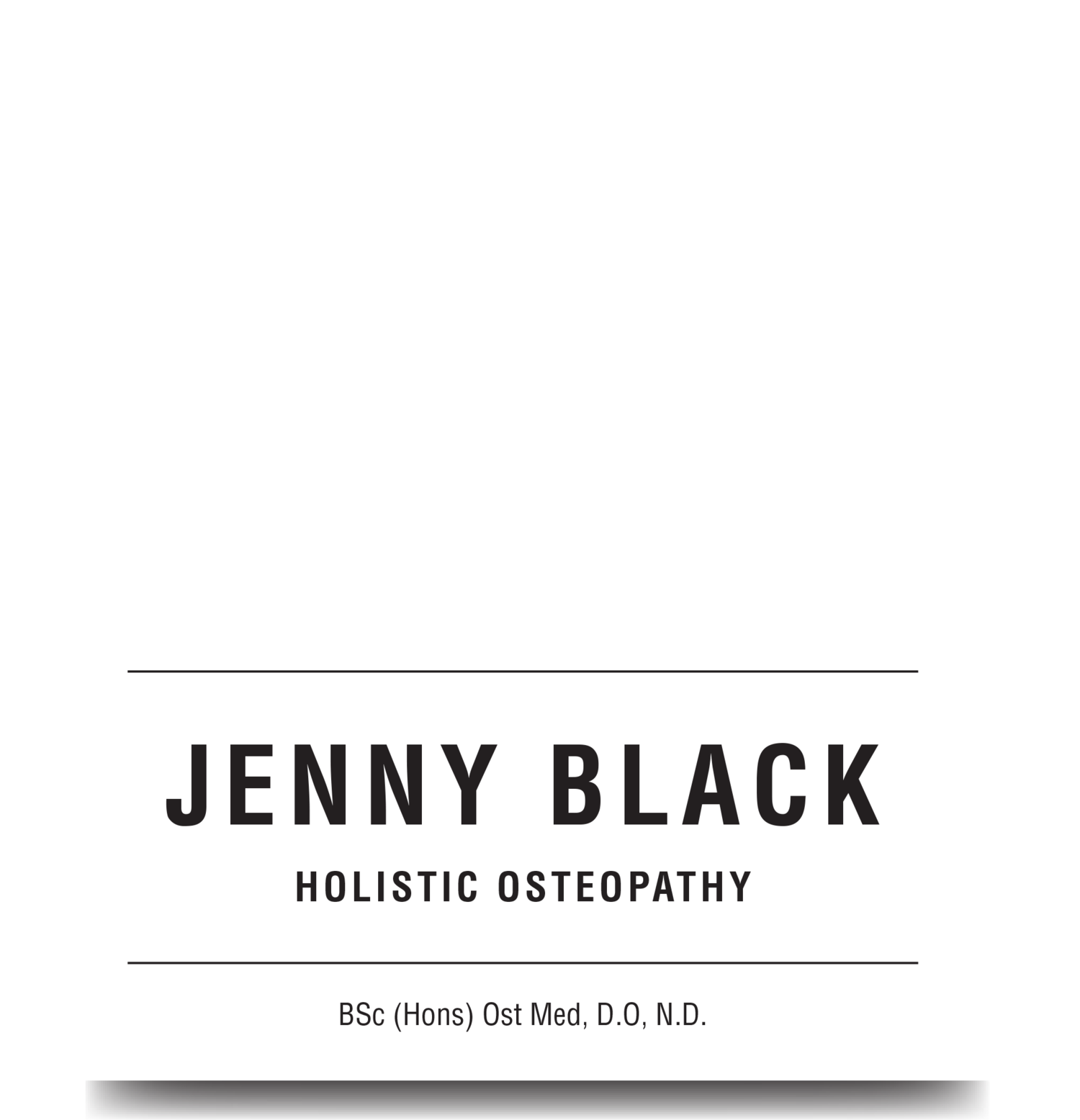Cranial osteopathy
Is a very safe, effective and gentle technique which involves the use of light pressure to enable the body to release tensions and strains.
lnvoluntary Motion- The Cranial Rhythm
Cranial osteopaths are trained to feel a very subtle, rhythmical shape change that is present in all body tissues. This is called Involuntary Motion or the Cranial Rhythm. The movement is of very small amplitude, therefore it takes practitioners with a very finely developed sense of touch to feel it. This rhythm was first described in the early 1900's by Dr. William G. Sutherland and its existence was confirmed in a series of laboratory tests in the 1960's and '70's.
Tension in the body disrupts the cranial rhythm. Practitioners compare what your rhythm is doing to what they consider ideal. This shows them what stresses and strains your body is under at present, and what tensions it may be carrying as a result of its past history and your lifestyle. It also gives them an insight into the overall condition of your body, for example if it is healthy, or stressed and tired.
Cranial Osteopathic techniques are suitable for all ages and may be used alone (which is the more common approach with young children) or in conjunction with a more structural approach, depending on the needs of each individual patient. Osteopaths undergo extensive post graduate training to hone their palpatory skills (to be able to feel very subtle changes in tissue texture) and master the very gentle techniques employed in cranial treatment. Jenny trained in this approach with the well regarded Sutherland Cranial College after her graduation from the British College of Osteopathic Medicine. She has also continued with further training in the more main stream clinical techniques for assessment of children’s (paediatric) musculoskeletal systems, to expand her knowledge of the unique set of issues they may present with in this area.

